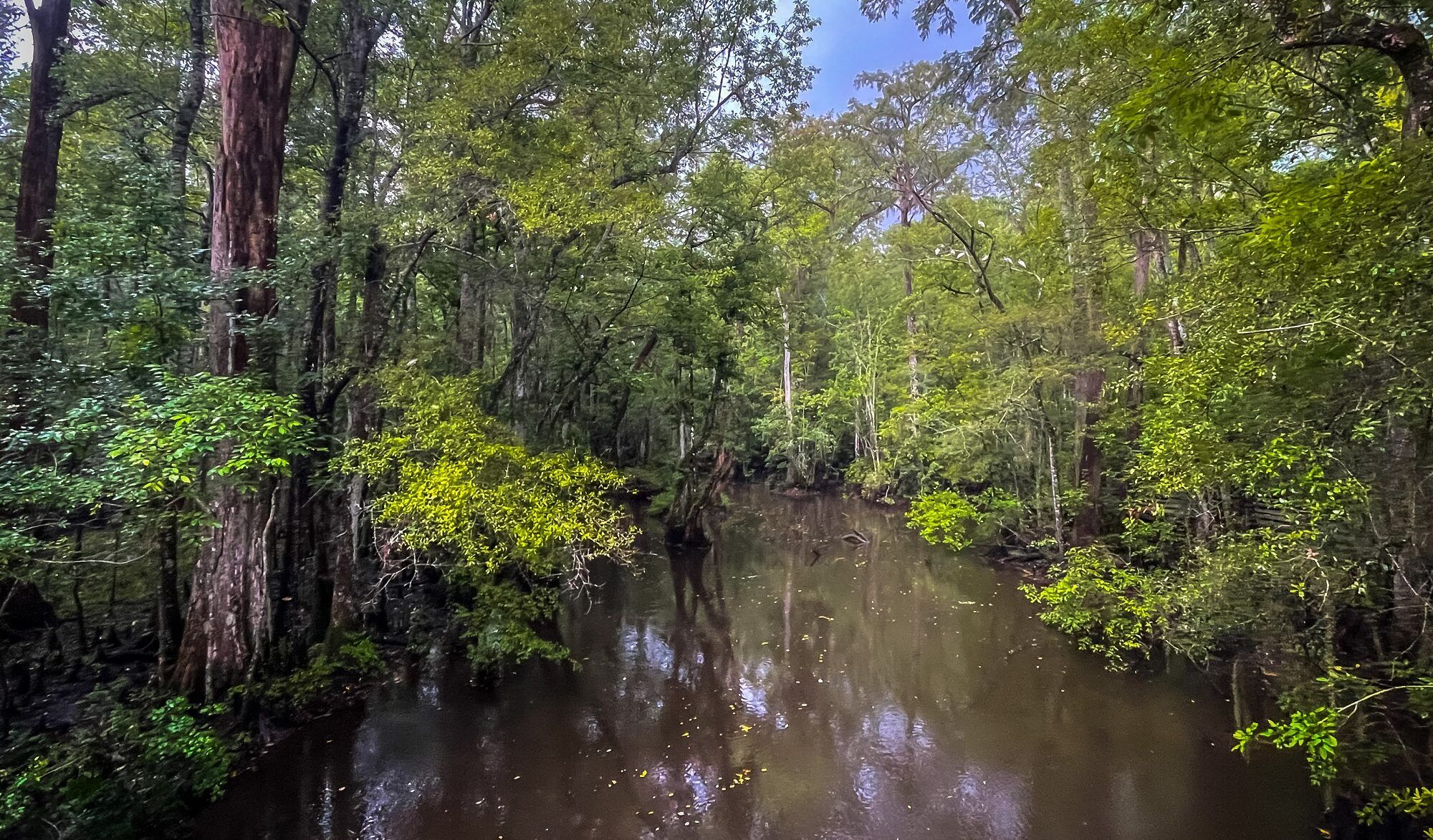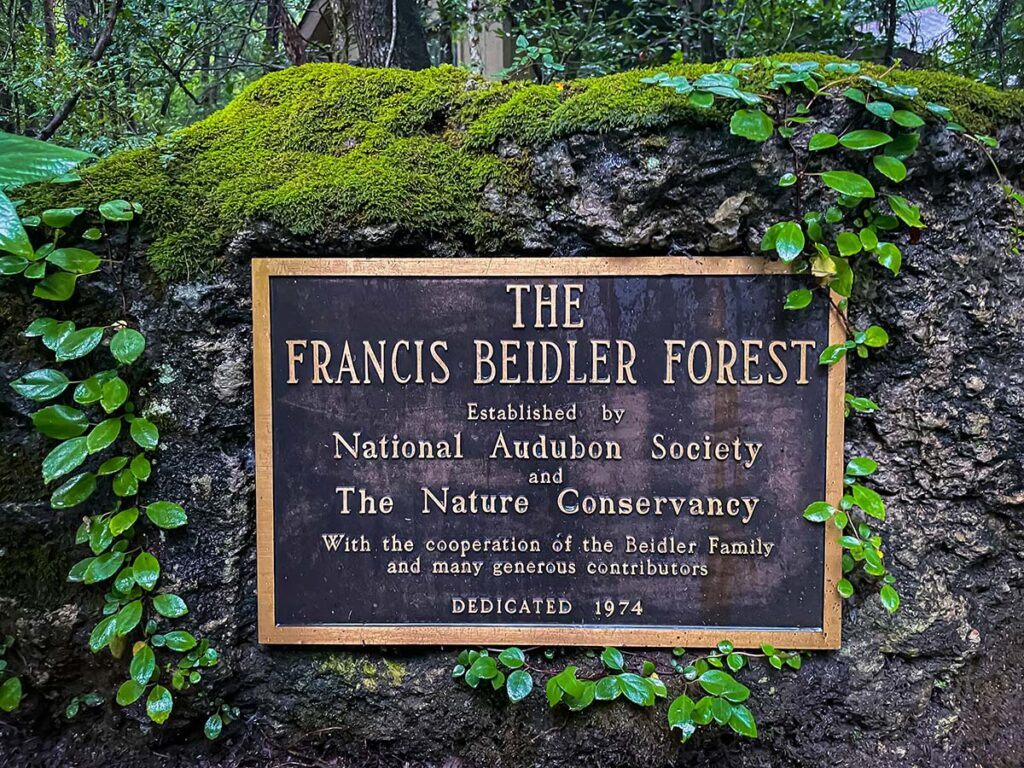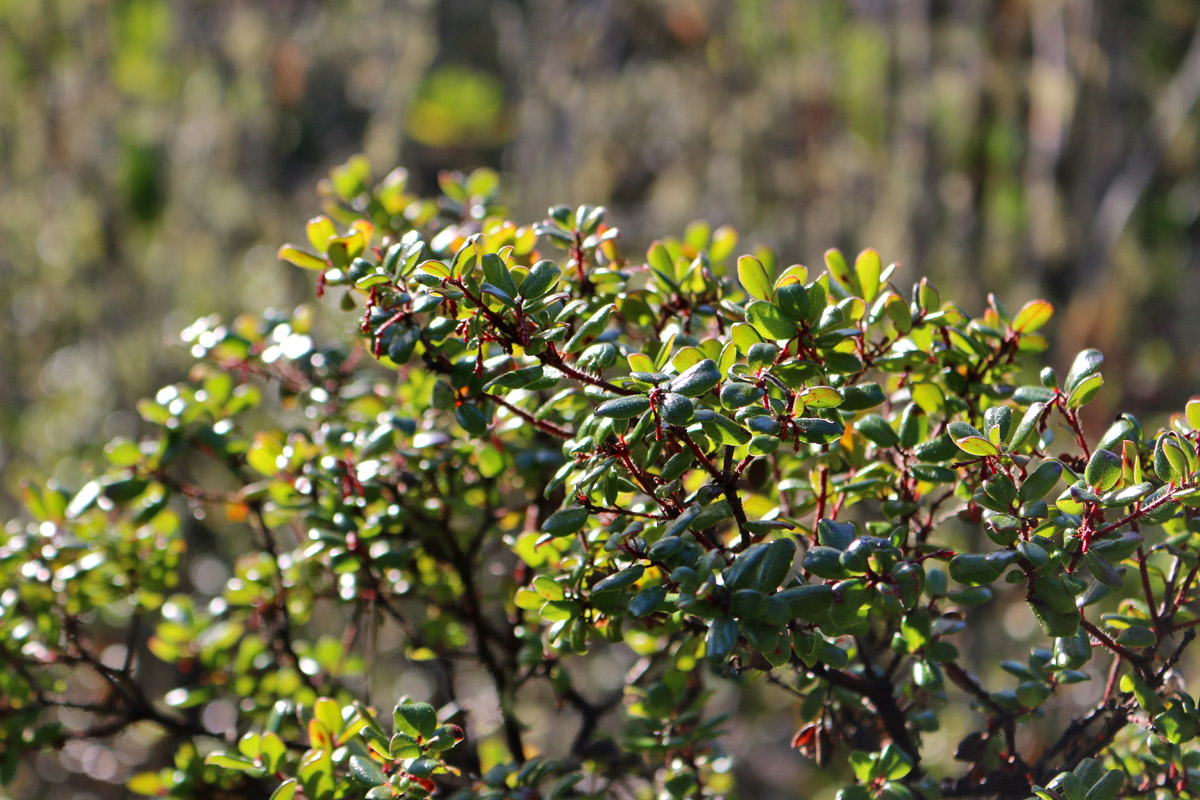Citizen Science in the Siskiyous
 I recently started a citizen science project with 5 classes of high school biology students from Fortuna, California. The plan is to combine their observation skills with the technology offered by iNaturalist. Each month they will visit Rohner Park and record data on a chosen spot in the forest–looking for plants and animals as well as changes in canopy and ground cover. As they become more proficient in species ID, students will also upload observations to our iNatural Project ultimately creating a field guide to their local forest. We all know how much I like field guides…
I recently started a citizen science project with 5 classes of high school biology students from Fortuna, California. The plan is to combine their observation skills with the technology offered by iNaturalist. Each month they will visit Rohner Park and record data on a chosen spot in the forest–looking for plants and animals as well as changes in canopy and ground cover. As they become more proficient in species ID, students will also upload observations to our iNatural Project ultimately creating a field guide to their local forest. We all know how much I like field guides…
My plan, over future visits to wilderness areas, is to start similar citizen science projects. The first attempt at this wide-ranging project began this week on a visit to the Bear Peak Botanical Area on the Klamath National Forest. I originally wrote about this area in my book Conifer Country because it is unique in many ways, including the populations of yellow-cedar found here. This species in common further north, but quite rare in California.
Continue reading “Bear Peak Botanical Area”




